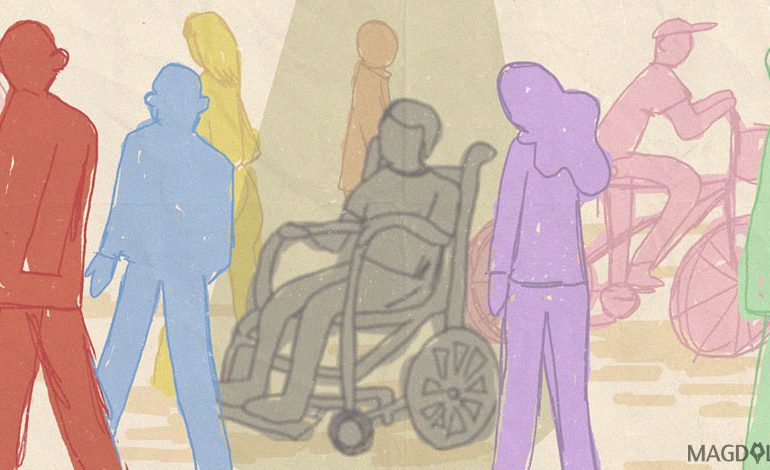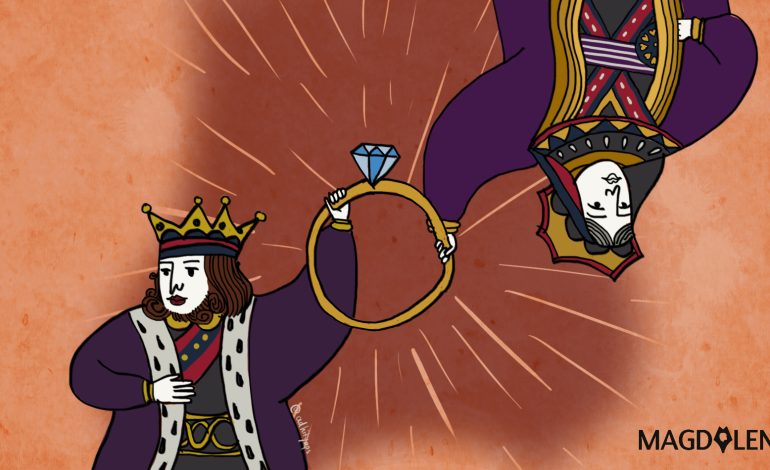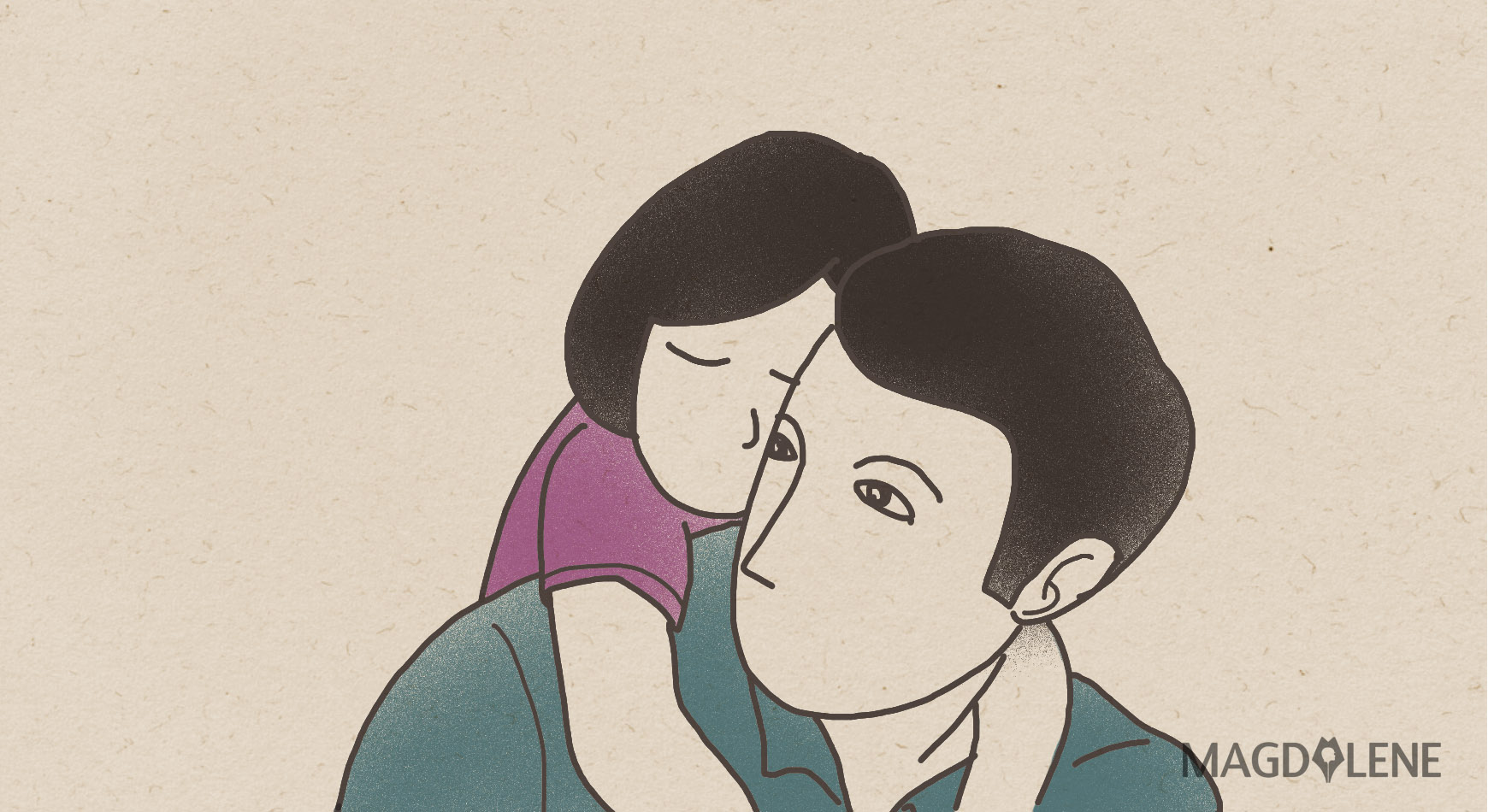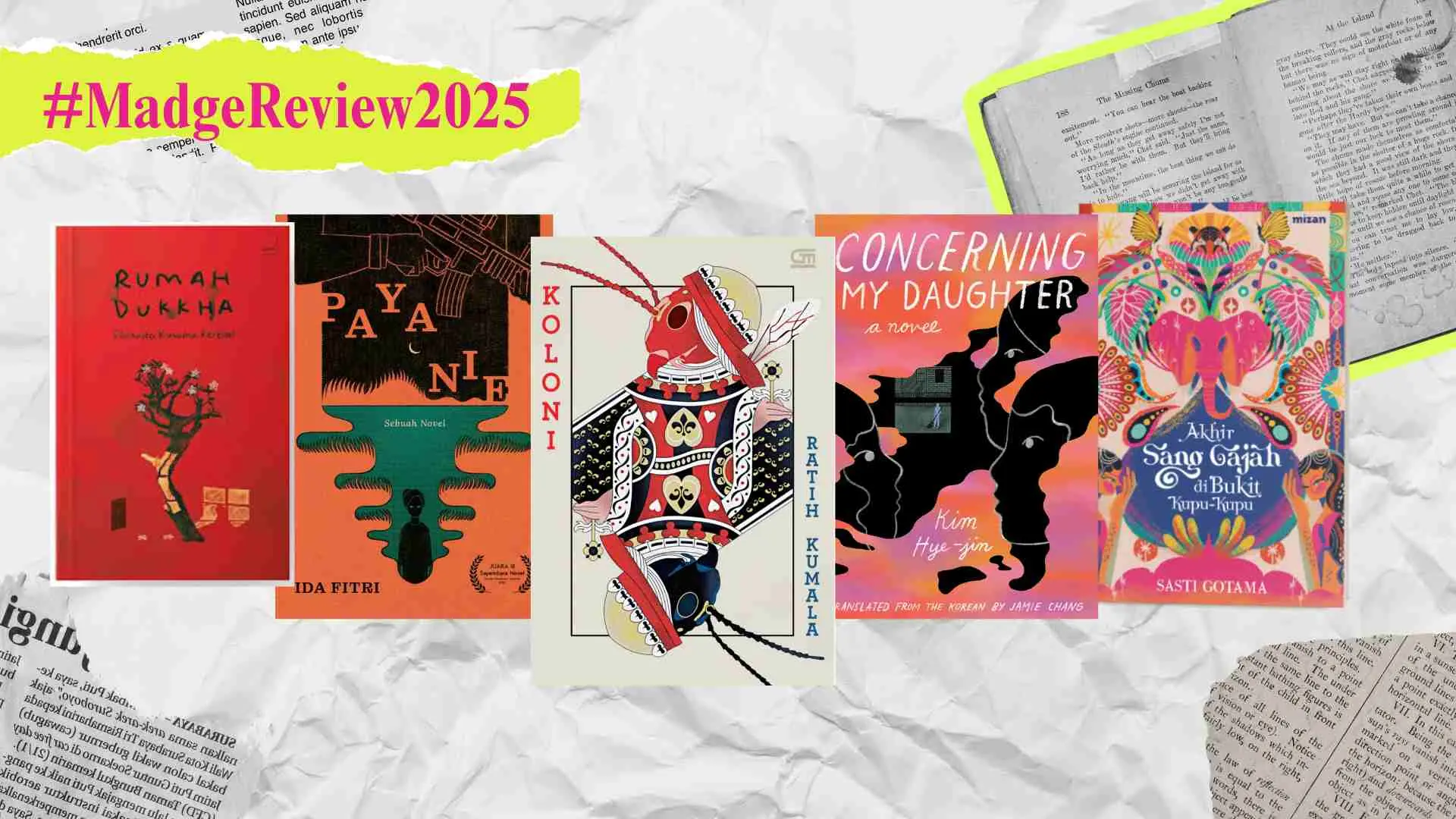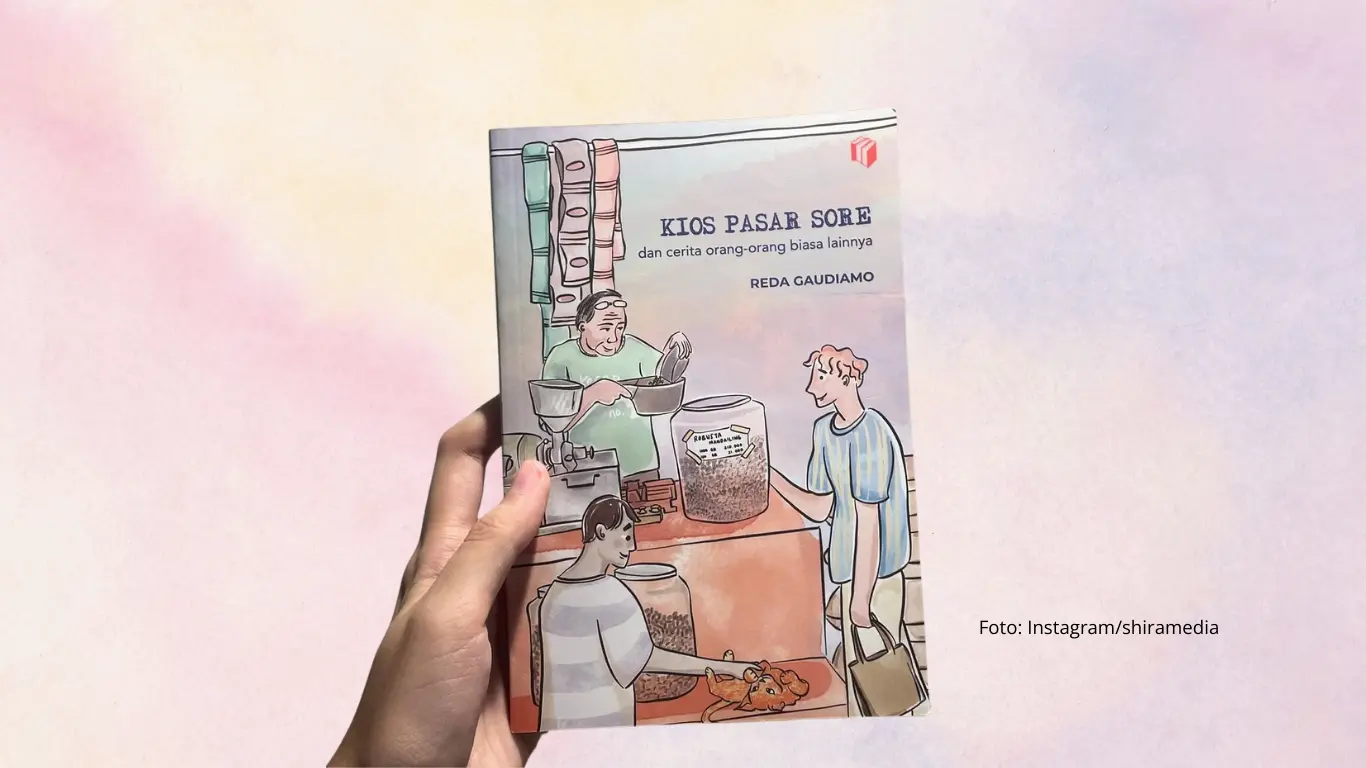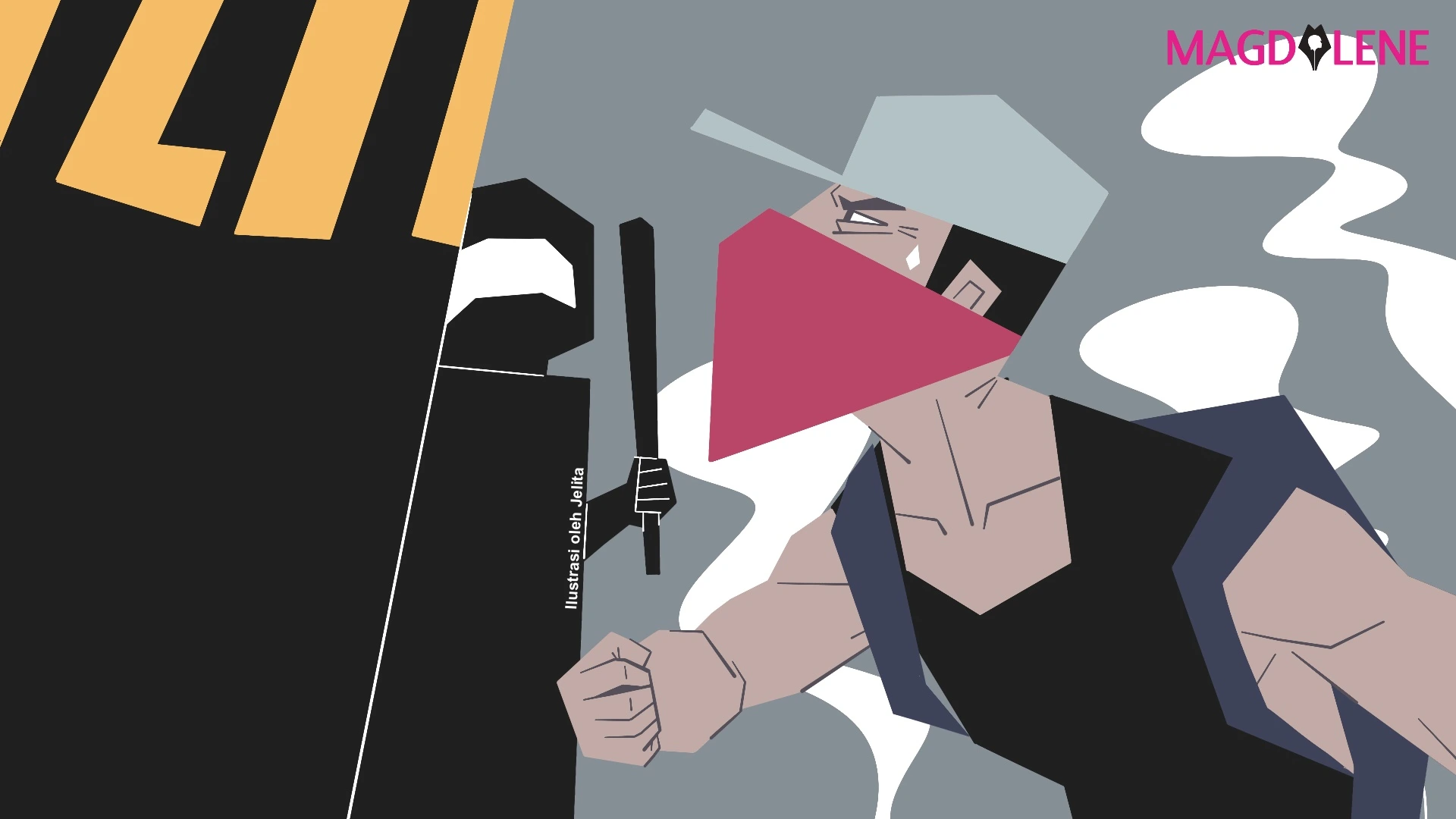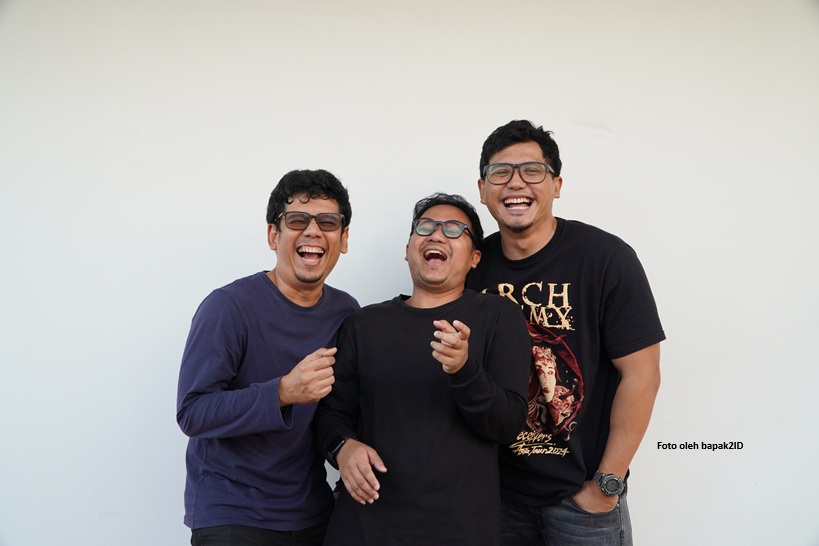How a Romance Novel Goes Deeper on Singapore than Crazy Rich Asians

In 2014, anguished with a derailed career, social alienation, and the finale of How I Met Your Mother, I took a train trip to Surabaya, to fulfill my dream of traveling across Java. In a Periplus store, I found a romance novel that’s up my alley – My Singapore Lover (MSL) by Judy Chapman.
The cover blurb promises the expected quality – “Love and infidelity between a Western woman and her Chinese lover”. Sold. I didn’t really look for scandalous sex in “the Manhattan of Asia”, but more of a romance starring a Chinese man.
I ended up not reading the book, as I was too afraid to invest in the story. I would empathize with the “Chinese lover”, I believed the story wouldn’t end happily, and for a reason Singapore is both my dream place and my dystopia.
I imagined Singapore to be worthy place to live and work in, though more difficult. Cleaner, safer, and more organized than Jakarta, but with bigger stress and meaner people. At least that’s what people who have worked in the two cities told me. Whether in Australia, Singapore, or Indonesia, it’s quite easy to find friendly Indonesian-Singaporeans (meaning they have become naturalized Singaporean citizens) but I’m yet to find a friendly Singapore-born person, except some journalist friends on Twitter.
Finally, I read MSL completely. Chapman was an Editor-in-Chief of Spa Asia and now a consultant on spa and wellness travel. Like Crazy Rich Asians (CRA), MSL was published in 2013, by Singaporean publisher Monsoon. I pick this romance novel as a topic because it’s surprisingly deep. It’s even more relatable than CRA.
Sara Jamison is an Australian writer who grew up in a hippie family in India, and is hired as the editorial director of Ong Publishing House. Her first assignment is to write an article about romances between Westerners and Asians, and except a French-Moroccan woman who married a Malay Singaporean and is dating an Indonesian, all her sources are white men who worship Asian women.
The article becomes the talk of the town and elevates Sara’s popularity (Impossible? It happened to Teen Vogue’s Lauren Duca). She hangs out with senior designer Tammy, marketing director Manish, and Aditri, whose Italian husband is the house photographer of Ong. The only ethnic Chinese in this squad is Tammy. She also often reminisces about her teenage romance Ravi.
I describe their titles because Chapman exposes the problems of working in a magazine in Singapore. Female staff are ignored in meetings. The bosses talk cutting edge while also cutting corners. Men steal ideas and women don’t stand with women. Western staff want someone familiar to rely on but also sabotage each other, especially as they come from different countries. Now I get the idea on the perils of my dream job.
The Singapore Lover is Jimmy Ten, an Indonesian-Singaporean who according to Sara, is “different from other Chinese I’ve met” (I hear that often too, despite my awkwardness). He’s a hotelier, but their romance blooms from the silat class that he teaches, instead of lavish dinner. To my surprise, the sex scenes are not explicit and focus on Sara’s feelings instead.
Kevin Kwan wrote CRA to preserve the memory of his childhood and to introduce Singapore to American readers. Besides showcasing the Singaporean culture of eating out and intertwining cultural affiliations, the novel also spells out diaspora Chinese’s worldviews across the Pacific. In MSL, Judy Chapman shares her experiences, knowledge, and thoughts on societies and spirituality in Singapore, perhaps to other Western and Asian women.

In the final act of the novel, Jimmy tells the history of his family. His parents moved from Indonesia following the anti-communist purge that also turned into anti-
Chinese killings. He romanced a Japanese woman, which enraged his father. Not only because of his father’s memory of Japanese occupation, but because she’s not Chinese, so he would taint his bloodline.
It’s not only about racial purity, but also about status and wealth. I always wonder why people from different cultures can accept a Chinese woman marrying a non-Chinese man, but feel that a Chinese man marrying a non-Chinese woman to be unnatural. Perhaps because Chinese men are stereotyped to have unpleasant characters? Internally, are Chinese daughters seen as pieces of chess to raise the family’s fortune? Are Chinese sons seen as heirs to the family bloodlines, and so expected to present good daughters-in-laws for their parents?
Some Hollywood executives wanted to whitewash Constance Wu’s Rachel Chu into a white woman. Besides the obvious sin of whitewashing, this would deny a crucial intrigue presented in both CRA novel & movie – Singaporean Chinese’s contempt for Chinese-Americans, with their American English, USA passport, and disregard for the established power structure.
Jimmy Ten and Sara Jamison can’t be together – he has a Singaporean wife and kid, whom he has learned to love following his affair with Sara. Had he been single, would he refuse steady relationship with Sara because she’s not Chinese? Sara says one reason they never get caught in Singapore and Shanghai is because no one ever sees them as a romantic couple.
Sadly, Sara’s newfound confidence can’t beat the neocolonial institution of Ong Publishing House, where Asian and white men conspire to nurture mediocrity and please their target readers – snobby expats and Anglicized old money like the Youngs of CRA. She resigns and finds a new job in a hipster company that values her independence.
Some feminists say that romance novel is fun and safe to read – less triggering, less misogynistic, guaranteed happy ending. I read this novel four years too late, though it’s meant to be read in the year of Crazy Rich Asians. I prefer it to the latter. The CRA franchise mainstreams Singapore and Asian actors in Hollywood, but MSL teaches me the reality of a publishing career. It is less mean, and it represents Indians and Indonesians better.
Find out why some women of color support Trump and his Supreme Court Justice Choice Brett Kavanaugh and follow @MarioRustan on Twitter.

